If you’re looking for a south-east Asia destination with sandy beaches, beautiful underwater reefs and foodie adventures – that isn’t a massive tourist hub – we recommend the Philippines .
This collection of more than 7,000 islands is still little known to British travellers. Despite bringing together everything that makes South-East Asia so popular (food, culture, beautiful beaches and warm weather), it also has a few unique quirks. English is widely spoken, the architecture is significantly different and the people are some of the friendliest you will meet. Here’s everything you need to know before your first visit.
Where to go and what to do
With over seven thousand islands, you won’t get to see everything – so we’ve narrowed it down to the following five things.
Swim with whale sharks
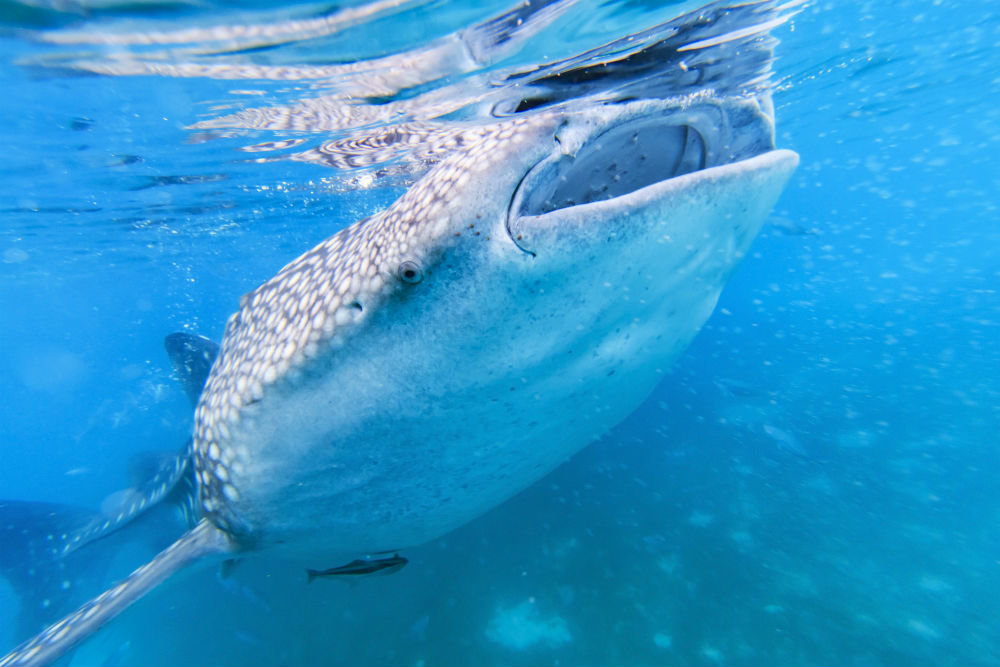
If you still haven’t ticked swimming with whale sharks off your bucket list, now is the time. Head to Donsol Bay on Luzon Island or Oslob in Cebu.
Get sporty
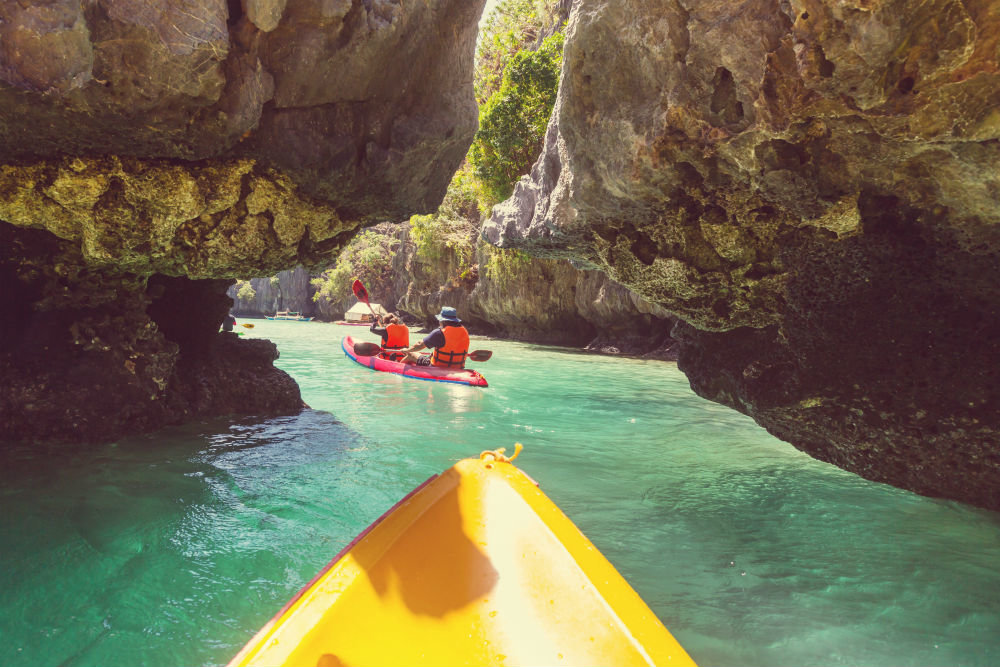
Sporty types are well catered to in the Philippines. Not only does its never-ending coastline naturally cater to watersports, but the hilly inland is also popular with hiking and mountain biking. Fun fact: the Philippines is also the unofficial zip-line capital of the world.
Island hop in Palawan
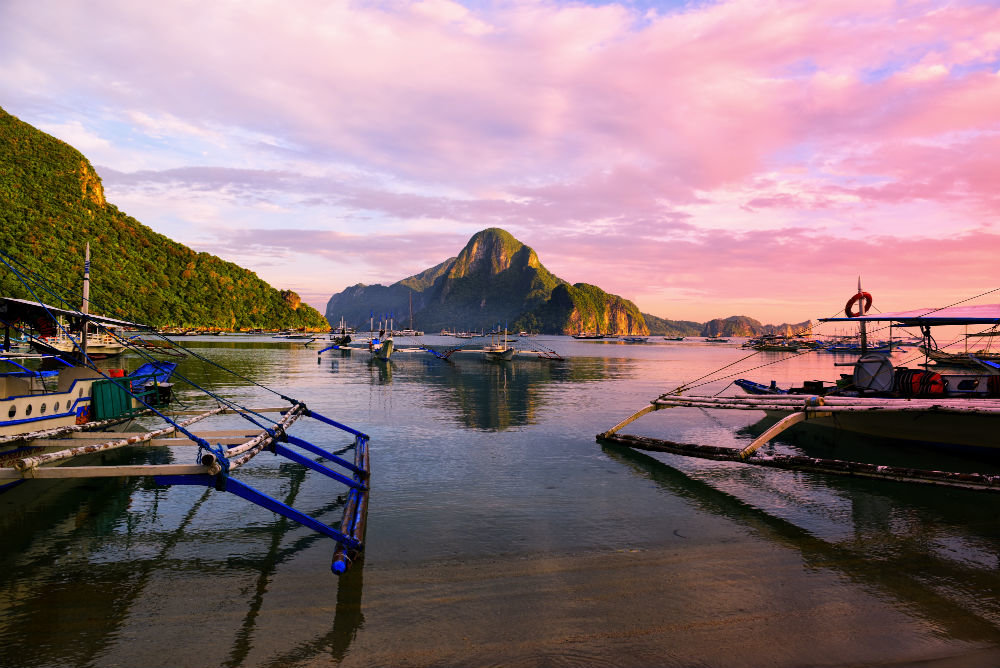
Island hopping is a must for any beach-bums visiting the Philippines – with Palawan being the number one option. This was actually where the author of The Beach (later turned into a film with Leonardo DiCaprio) was living when he wrote the book. The turquoise waters, colourful reefs, and the secluded location definitely get the imagination going!
Banaue Rice Terraces
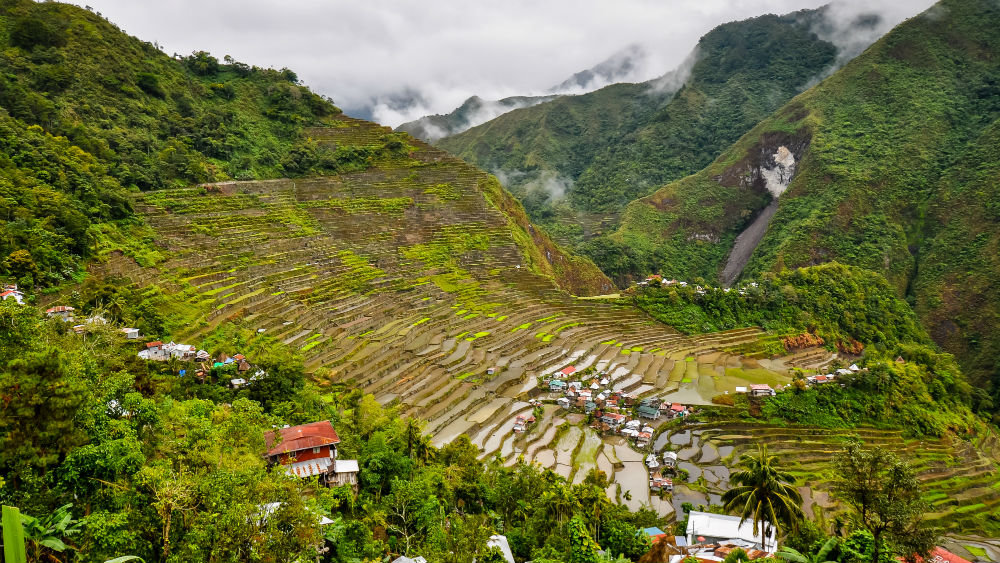
If you’re looking for a beautiful hidden gem to add to your travel scrapbook – head to the Banaue Rice Terraces. These 2,000-year-old terraces – that were built by indigenous tribes – are a beautiful shade of green and the air is a lot cooler here. Remember to pay a visit to the nearby town of Sagada; enjoy a couple of days caving, spelunking and hiking!
Keep your eyes peeled for tarsiers
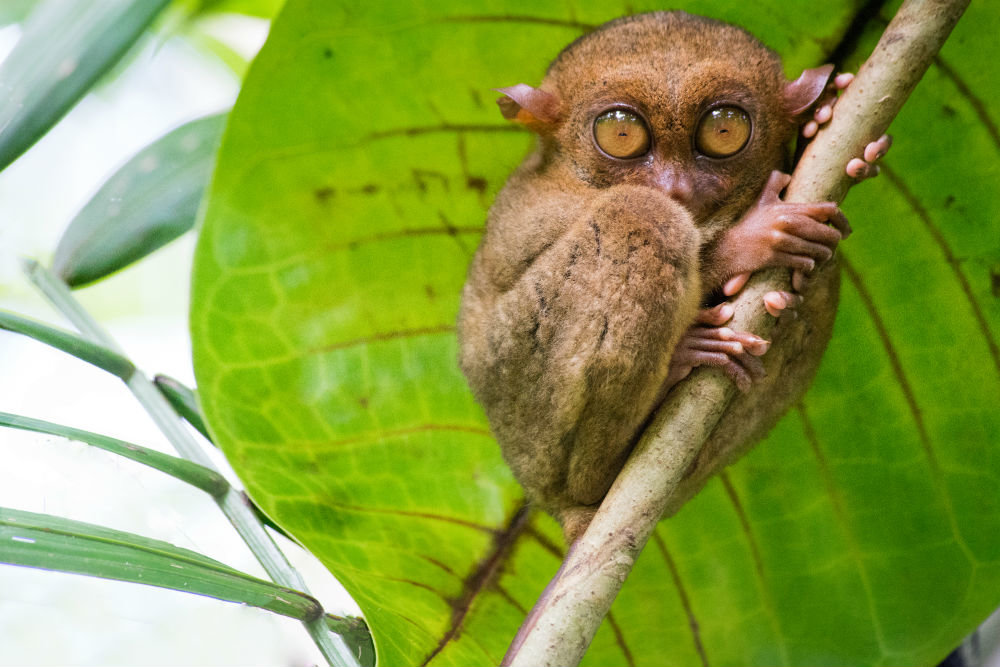
These funny looking creatures are native to the Philippines and have to be seen to be believed. They are actually endangered though – and being only five inches tall makes them really difficult to spot in the wild. The Tarsier Sanctuary in Bohol is the best place to meet them.
Food and Drink
Thanks to the country’s Spanish history, most dishes favour a sour or vinegary taste as opposed to the spicy flavours of other Asian nations. The most famous dish is adobo: a rich stew with garlic, soy and vinegar with some local meats or seafood. Pork is the most popular meat in the Philippines, but fresh seafood is also very common and the mangoes are meant to be some of the best in the world!
How to get there
A direct flight to Manila runs from Heathrow and takes just under 14 hours. However, the Philippines makes for a great twin-centre break with a stopover somewhere else on the way. Dubai is a popular choice, where you can combine a few days in the glittering city before relaxing on a white-sand beach on a remote Filipino island.
Domestic flights are very easy to come by as well and are often the best way to see different parts of the country.
When to go
December to February are the best months to visit the Philippines. Though the shoulder seasons of November and April are still pleasant and offer great value for money. The wet season is between May and October, but the rain isn’t constant and you will still see sunny days.
Other important information
- Tagalog and English are the two primary languages
- The currency is the Philippine Peso (which you can pre-order from Barrhead Travel)
- Boracay Island will be closed to tourists from 26th April 2018 for 6 months for environmental rehabilitation
- You can enter the Philippines without a visa for an initial period of 30 days (you can also get a tourist visa from the Philippine Embassy before you travel, which will allow an initial 59-day stay)
- Check with your GP about two months before you travel to see if you need any vaccinations (this can depend on which area you visit)
- Tipping in the Philippines is usually around 10

